Pantry Items
Showing 1–24 of 49 results
-

Almond Flour
Buy product -
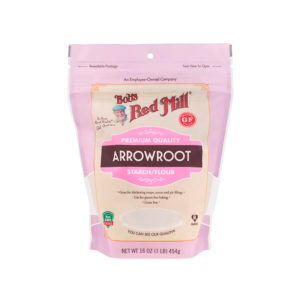
Arrowroot Starch
Buy product -

Ashwagandha Powder
Buy product -
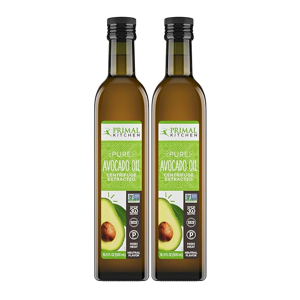
Avocado Oil
Buy product -

Baking Powder
Buy product -

Baking Soda
Buy product -
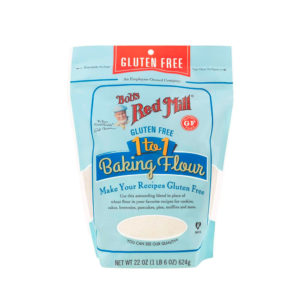
Bob’s Red Mill 1:1 Gluten Free Flour Blend
Buy product -

Bragg Nutritional Yeast
Buy product -
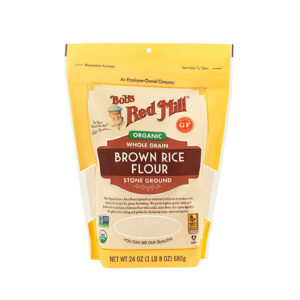
Brown Rice Flour
Buy product -

Brown Rice Noodles
Buy product -
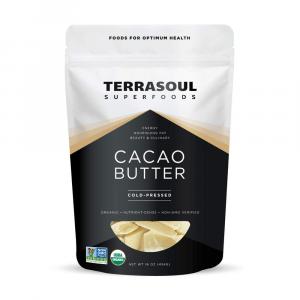
Cacao Butter
Buy product -
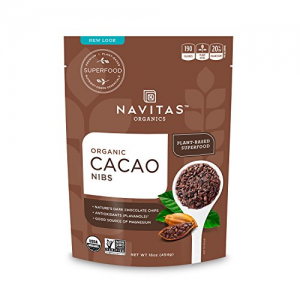
Cacao Nibs
Buy product -
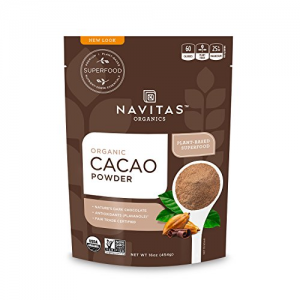
Cacao Powder
Buy product -

Carob Powder
Buy product -

Chia Seed
Buy product -

Chili Garlic Sauce
Buy product -

Chipotles in Adobo
Buy product -

Chocolate Chips
Buy product -
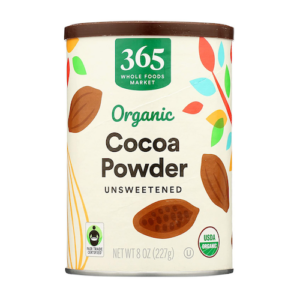
Cocoa Powder
Buy product -

Coconut Aminos
Buy product -
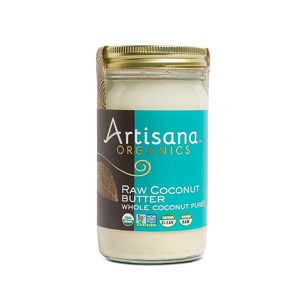
Coconut Butter
Buy product -
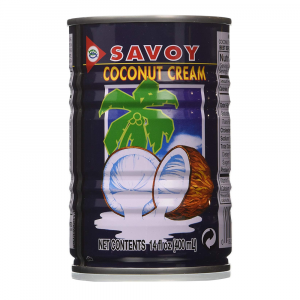
Coconut Cream
Buy product -
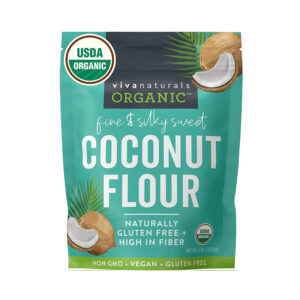
Coconut Flour
Buy Now -
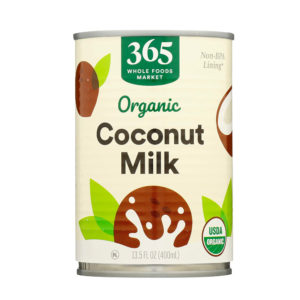
Coconut Milk
Buy product
